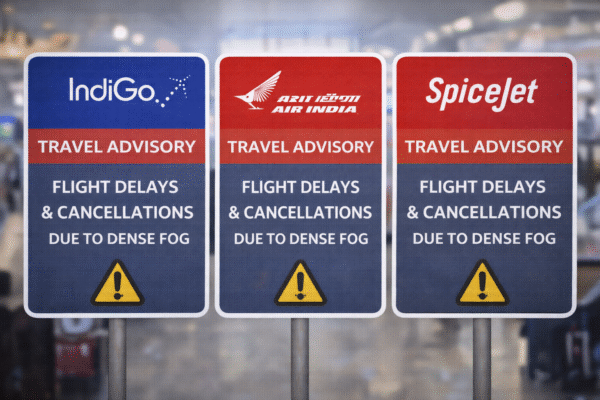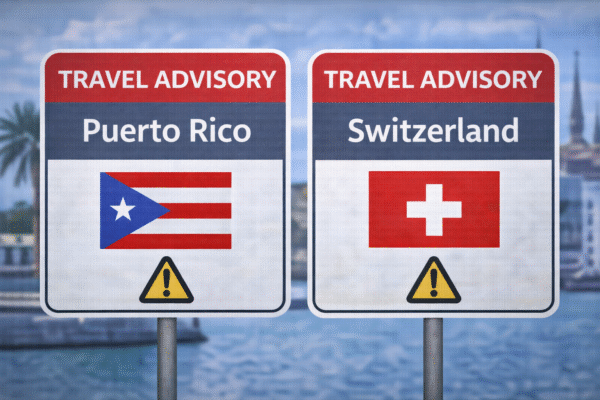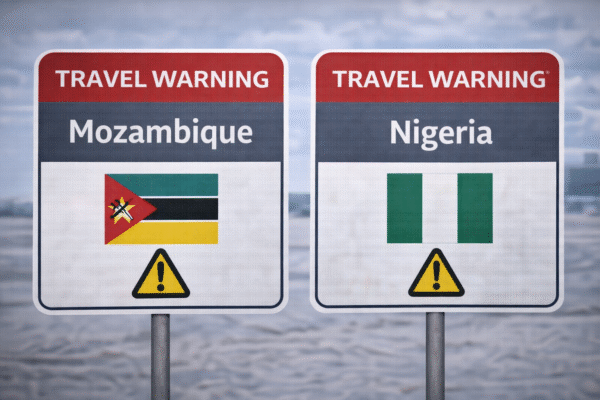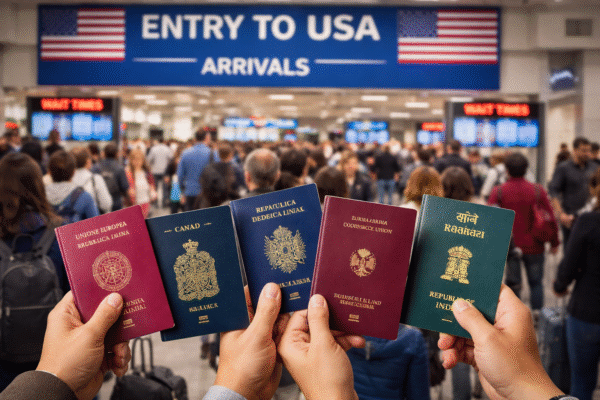London, UK – July 19, 2025 – Severe thunderstorms and torrential rain have led to major flight disruptions at Heathrow Airport, Britain’s busiest air hub, following an amber weather warning issued by the UK Met Office. British Airways, the primary carrier operating out of Heathrow, has cancelled multiple flights, causing widespread delays for travellers across the UK and internationally.
Amber Weather Alert Triggers Transport Chaos
The Met Office issued an amber weather warning for London and the southeast from 4 a.m. to 11 a.m. BST on July 19, warning of intense rainfall, flash flooding, and travel disruption. The affected area stretches from Hampshire to Kent and northward to Cambridge, including Greater London. In some regions, forecasters predict 60–90 mm of rainfall in just a few hours, with isolated pockets receiving up to 100 mm.
The Met Office stated that the downpours could lead to flooded roads, disrupted rail services, and power outages. “There is a high likelihood of travel delays and potentially dangerous conditions for drivers,” the advisory noted. Emergency services have been placed on alert for flood response.
Flight Cancellations at Heathrow Airport
Heathrow Airport, located west of central London, has seen significant disruption since early morning as runways and taxiways face operational challenges due to standing water. British Airways, which accounts for the majority of Heathrow’s traffic, confirmed the cancellation of dozens of domestic and international services.
A Heathrow spokesperson advised passengers: “We strongly recommend checking your flight status with your airline before travelling to the airport. We are working closely with the Met Office and our airline partners to minimise the impact.”
British Airways stated it is offering flexible rebooking options and travel vouchers for impacted customers. “Safety remains our top priority, and we appreciate our passengers’ patience during this period of extreme weather,” the airline added.
Disrupted Rail and Road Travel Compounds the Situation
The adverse weather has not only affected air travel but is also causing delays on rail lines and roads. National Rail reported waterlogged tracks across southeast England, leading to slower services and cancellations. Travelers heading to Heathrow via rail services, including the Heathrow Express and Elizabeth Line, should check for service updates on the National Rail Enquiries website or app.
Motorists travelling through affected areas are advised to allow extra time and avoid flood-prone roads. The RAC warned of “extremely poor visibility” and “a risk of aquaplaning” in storm-hit regions.
What Travelers Should Do
As storm conditions evolve, Heathrow-bound passengers and those across the UK are urged to take the following steps:
- Check Your Flight Status Frequently: Visit the official Heathrow Airport website or your airline’s flight tracker for real-time updates.
- Contact Your Airline Promptly: If your flight is delayed or cancelled, rebooking options or refunds may be available. Contact airlines as early as possible to avoid long hold times.
- Monitor Rail Services: National Rail has published a list of impacted routes. Use their journey planner and live travel tools to consider alternate routes.
- Travel Safely to the Airport: If driving, check weather conditions, allow extra travel time, and pack essentials such as water, snacks, and phone chargers.
- Don’t Travel Unless Essential: The Met Office and local authorities advise against non-essential travel during the warning period.
Heathrow’s Contingency Plan and Passenger Advice
Heathrow Airport has activated its adverse weather response team to coordinate closely with airlines and air traffic controllers. Temporary adjustments in gate allocation and scheduling are being made to streamline operations once the storms pass.
The Civil Aviation Authority (CAA) reminded travellers that airlines are responsible for providing care in the event of a delay or cancellation. This includes meals, communication, and overnight accommodation if required. Passengers are encouraged to retain all receipts for potential reimbursement.
Summer Storms and UK Travel Trends
Weather-related disruptions are not uncommon during British summers, and July has already seen volatile weather across the country. According to VisitBritain, UK domestic and inbound tourism often peaks during July and August, putting added pressure on infrastructure when severe storms strike.
Heathrow typically processes more than 6.5 million passengers in July alone. British Airways, Virgin Atlantic, and major global carriers operate thousands of flights weekly from the airport, serving key hubs such as New York, Dubai, Singapore, and Los Angeles.
Travel analysts from Cirium noted that July’s operational pressures are being compounded by unpredictable summer storms, stressing the importance of flexible booking policies and robust communication systems between airports and passengers.
Looking Ahead
With the amber weather warning expected to lift later on July 19, operations may begin to normalise by evening, though residual delays are likely to persist into July 20. Passengers with flights over the weekend should remain vigilant and check for last-minute updates.
Travellers are also advised to download their airline’s mobile app and Heathrow’s travel alerts feature for instant updates and guidance during high-impact weather events.
Conclusion: Caution is Key Amid Ongoing Storm Disruption
The severe weather affecting southeast England has brought significant operational challenges to Heathrow Airport and transport networks across the region. As British Airways and other carriers cancel or reroute flights, the priority remains passenger safety. With heavy rain still expected, those travelling in and out of London must stay informed, be flexible, and prioritise safety over schedule.
Stay safe, stay updated, and travel smart.
For more travel news like this, keep reading Global Travel Wire



















